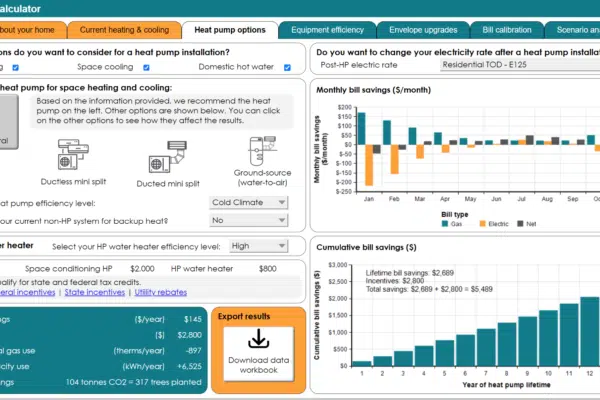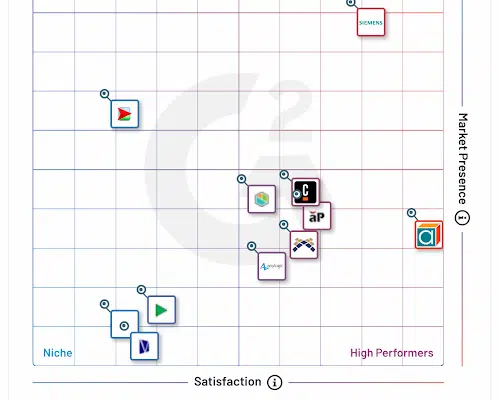To smart or not to smart, that is the question! Except, despite what our TV offerings often display, going smart is always the best choice. Like any human-made system, we should aim toward smart designs, and we need this for the procurement and delivery of electricity in our buildings, homes, and machines. Most computing technologies are becoming cheaper, data is becoming rampant, and decision analytics are cooked up faster. So, this is a fantastic time to design technologies and decision analytics for a smarter electric grid of tomorrow. I discussed separate aspects of the electrical web that powers the toys and technological triumphs in our lives, from forecasting demand and price, and now we explore how it can be analyzed as a unified system called the smart grid. Fire up your imagination and put on your analytical hat.
Smart Grid
By “smart grid”, I mean the smart management of electricity in a network of electricity providers and consumers. By “smart”, I mean the good use of both hardware and science. We shall explore the scientific portion, specifically the decision analytics needed. As explained in a paper by Patrick Mazza of the nonprofit organization, Climate Solutions, the basis for smart grid designs is through information technology that delivers i) electricity demand management down to the residential level; and, ii) distributed networking of small-scale energy generation and storage devices. Among the many benefit it offers, the first item addresses better resource management and the latter addresses fault-tolerance. Fault tolerance refers to the ability of a system to continue service in the event of system failures. The paper discusses the cost benefit of employing smart grid solutions to meet demand by the year 2020, wherein $78 billion would be saved relative to a $450 billion estimate from the alternative expansion of older technologies. Referencing an astute comment by a veteran energy leader from the paper, “…we can use intelligent systems to do for energy what the Internet has done for communications”.
Smart Grid goals
What are the smart grid components and goals for which decision analytics are applied? Arizona State University (ASU) systems engineering researchers illustrate in a 2011 paper a high-level National Institute of Standards and Technology smart grid configuration:
The researchers outlined a comparison between the current and smart grid systems, which give light to the benefits for both power providers and consumers:
Houses and industrial buildings are salient in the depiction of smart grid consumers, but electric vehicles (EVs) are also in the picture. You may recall a prior blog in which I discussed the charging service optimization of EVs in a “system”. The system I was alluding to was a smart grid; yes, I had a crafty grand plan in mind to tie this altogether. Insert evil laugh. I also discussed aerial power generation technologies via kites, another possible component in a smart grid. Insert more evil laughs. The ASU researchers summarize the potential for EVs to provide electricity to (in addition to receiving from) a smart grid. The decision analytics needed here involve real-time management of the amount of energy to extract from an idle EV and the appropriate incentives to provide to the EV owner. This can be studied using simulation optimization, from which distributed heuristic algorithms can be designed for fast decision-making. The ASU researchers mention some coordinated (non-distributed) approaches using stochastic programming and heuristics to handle such problems. You can model such large-scale decision analytics problems and gain insights from using Lumina Decision System’s Analytica Optimizer.
Smart Grid projects
Wandering about the world, you might be hunting for a smart grid to learn about. Below is a visual of the many you can find in the US:
There is one Department of Energy sponsored smart grid project here in Los Angeles, California. Engineers and scientists from the University of Southern California, in partnership with the Los Angeles Department of Water and Power, reviewed in a 2011 paper some software systems and decision analytics used for a smart grid. Machine learning and data mining are used greatly for demand response optimization. Demand response optimization refers to reducing peak electrical load by offering incentives to consumers for reduced consumption. This involves two problems: forecasting demand and modeling response to various levels of incentives. You can regard the decision analytics playing here as predictive analytics (forecasting) and prescriptive analytics (incentive planning).
Thoughts
There is an immense amount of decision analytics at the heart of designing a smart grid, not to mention other technological (hardware and computing) and political aspects involved. What experience do you have with smart grids or smart homes? What issues do you find relevant in receiving incentives for reducing your electricity consumption? What challenges do you envision in analyzing the data from smart grids?







